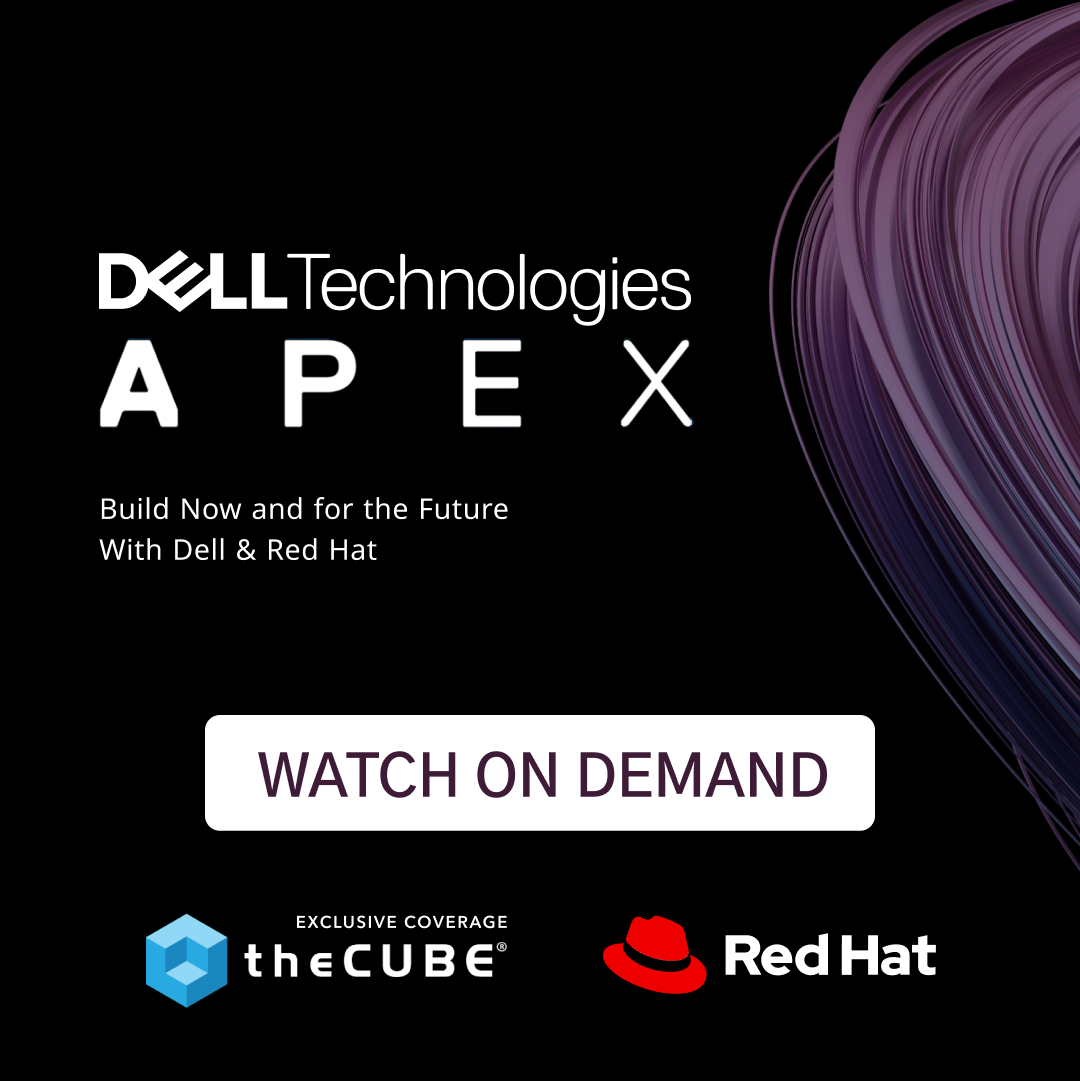Microsoft Office 2010 Validating Nordic River’s Text Flow
Editor’s Note: This post was written by Tomer Shalit, CEO of Nordic River. His company provides computing solutions for managing data, working alongside the tools you already have on your computer. As an enterprise solution, Nordic River is also able to work for team individuals, avoiding the top-down process of implementing new systems or software. In this post, Shalit speaks on the effects of Microsoft’s latest Office release, and how it’s helping–not hindering–his long term business strategy.
![]() Microsoft today is embracing cloud computing, but Office 2010 is even more about the crowd. Its marketing stresses collaboration, shared work on documents, spreadsheets, etc. As we started Nordic River to work on this problem area (multiple conflicting drafts, input from many people) it seems that we might feel threatened by the “big guns” now in our market. Instead, we feel excited and validated by Microsoft and other giants making this a field of competition.
Microsoft today is embracing cloud computing, but Office 2010 is even more about the crowd. Its marketing stresses collaboration, shared work on documents, spreadsheets, etc. As we started Nordic River to work on this problem area (multiple conflicting drafts, input from many people) it seems that we might feel threatened by the “big guns” now in our market. Instead, we feel excited and validated by Microsoft and other giants making this a field of competition.
Office 2010 is a huge advance on the previous Microsoft Word model of joint work on documents. As summarized by the product team, “In Word 2007, … you’d do your best to copy and paste everything together.” That was painful, even with just three writers. With more, it was a nightmare.
Microsoft deals with multiplicity via a central server to store and manage all versions. Office 2010 and Sharepoint 2010 interact far more smoothly than their ancestors, replacing a clunky check-in/check-out, with support as seamless as automatic gears versus a stick shift. If you like the central model, this is a strong reason to upgrade.
Office 2010 solves part of the problems we solve with TextFlow – the part that can be solved centrally. From a whole different world view we resolve much deeper issues, with a peer-to-peer solution. TextFlow lets any user collect versions from anywhere, and collate. The user with feedback from several writers just pulls them together. This can have tremendous benefits to the user:
- The new functions of Office 2010 reach users when/if their organization adopts both Office 2010 and SharePoint. Collaboration is so much better than in Office 2007 that maybe IT departments should, but they seem in no rush.
- You get TextFlow just by installing your own copy. You don’t have to wait. You don’t need central permission, let alone a central decision and a central upgrade.
- Office 2010 users collaborate painlessly with others on one server, but not with people outside. If a partner or ad agency doesn’t have it, or can’t or won’t set up access, fuhgeddaboutit.
- If you have TextFlow on your desktop, and the different writers’ input, you’re set. TextFlow does not set up a “core version” at the server of a mighty corporate silo, it locally collates its input (using algorithms adapted from DNA comparison). A lone TextFlow user can handle collaboration with co-authors who use any editor from Word to Open Office. The co-authors need not be users of TextFlow, let alone of a shared server.
- Office 2010 does let you work offline, but co-authors’ changes have to arrive through the right central server.
- TextFlow brings together any mix of files arriving by mail, sneakernet, DropBox, Google Docs, SharePoint, or digital pigeon, and works on your desktop.
- All other players on the market have addressed multiple versions and multiple formats by prevention or central control. We provide a tool that embraces them, and makes them easy to combine. TextFlow works on the desktop, online, or integrated into any document management system – some of which are actively building it in to their system.
- TextFlow has an enviable position in the rising collaboration war, with Microsoft and Google head-to-head, Adobe and IBM bidding for turf, and Open Office’s committed legion. We offer the single online tool to edit/compare/merge that is compatible with all sides. You can collaborate across chains of command, or across enemy lines: this war need not be your war.
A message from John Furrier, co-founder of SiliconANGLE:
Your vote of support is important to us and it helps us keep the content FREE.
One click below supports our mission to provide free, deep, and relevant content.
Join our community on YouTube
Join the community that includes more than 15,000 #CubeAlumni experts, including Amazon.com CEO Andy Jassy, Dell Technologies founder and CEO Michael Dell, Intel CEO Pat Gelsinger, and many more luminaries and experts.
THANK YOU











